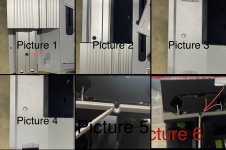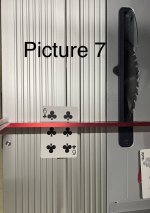woodferret
Member
Vondawg said:I’m just confused as to why there is a reason to tear apart a brand new saw?
Is festool selling an inferior product ? Is this a saw that can’t be used right out of the box ?
It's an aluminum extrusion (or comprised with a lot of them). I've had rails from Festool that were out - it happens. For a jobsite saw, it's calibrated fine out of the box. However, because of the way they do it, they missed the fact that my sliding bed has a dish. I'm going to have to file a warranty repair for it, but I figured I'd pull the thing apart to see if there was anything else. I'm used to taking apart linear rails and movement systems like this so this specific Festool gets special treatment.






